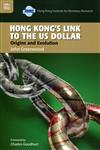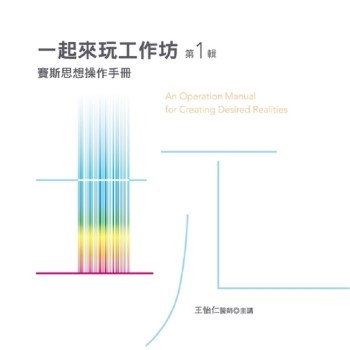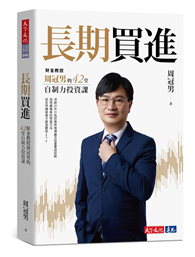| FindBook |
|
有 1 項符合
Hong Kong’s Link to the US Dollar:Origins and Evolution的圖書 |
 |
$ 782 ~ 921 | Hong Kong’s Link to the US Dollar:Origins and Evolution
作者:John Greenwood 出版社:香港大學出版社 出版日期:2015-11-13 語言:繁體書  共 3 筆 → 查價格、看圖書介紹 共 3 筆 → 查價格、看圖書介紹
|
|
|
Hong Kong’s Link to the US Dollar covers the origins of the city’s currency crisis in 1983, the initial resolution of the crisis by creation of a traditional currency board, the subsequent problems leading to the Asian financial crisis of 1997–98, and the later reforms. The epilogue traces Hong Kong’s monetary developments between 1990 and 2005.
This valuable compendium of articles, originally written in the bimonthly journal Asian Monetary Monitor during the years 1981–89, includes the key article that formed the basis for the Hong Kong government’s decision in 1983 to peg the currency to the US$, as well as other important documents of historical record.
The main contribution of the book is its detailed monetary analysis of Hong Kong’s unique financial system before and after the currency crisis of 1983. The book explains the collapse of the floating HK$ under the pressure of capital outflows during the Sino-British negotiations (1982–84) over the future of Hong Kong, the fascinating story of the introduction of the linked rate system pegging the Hong Kong dollar to the US dollar, and the subsequent gradual process of reform and refinement of the currency board mechanism (1988–2005). Each chapter is preceded by an introductory narrative that puts the analysis in its historical context and places the economic argument in perspective. Hong Kong’s Link to the US Dollar will enable readers to obtain a comprehensive picture of why the linked rate system was put in place, how it works, and why it has been strengthened over the years.
作者簡介:
John Greenwood OBE is chief economist of INVESCO plc.
- 作者: John Greenwood
- 出版社: 香港大學出版社 出版日期:2015-11-13 ISBN/ISSN:9789888083671
- 語言:英文 裝訂方式:平裝 頁數:320頁
- 類別: 中文書> 商業> 財務金融
|











